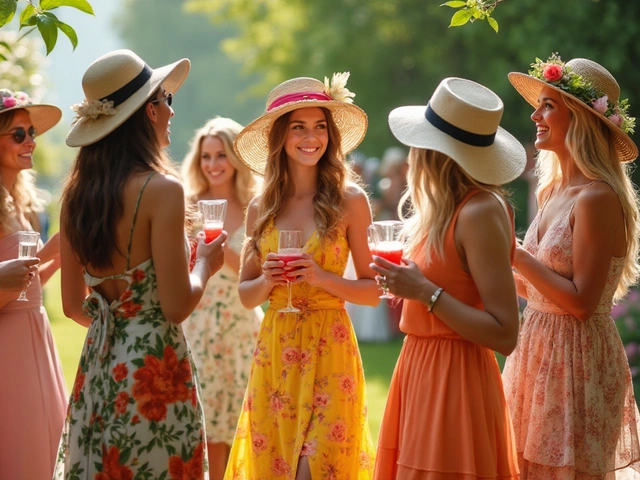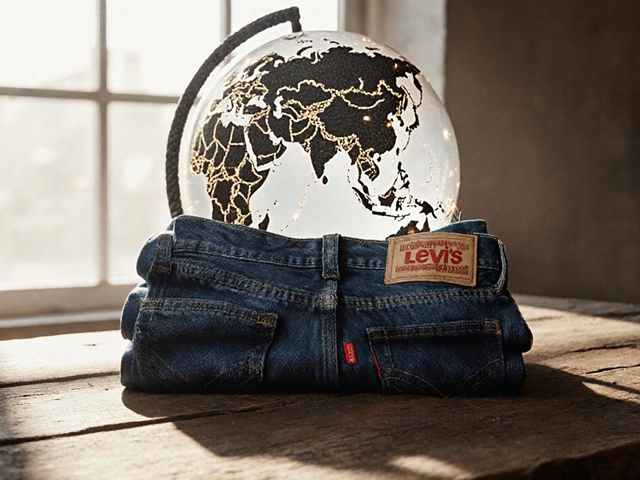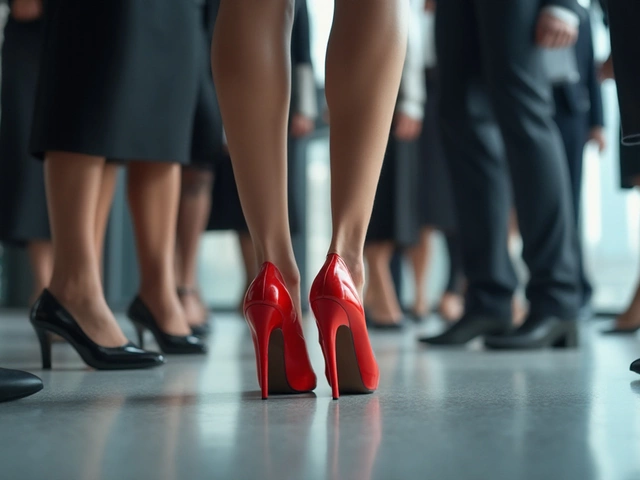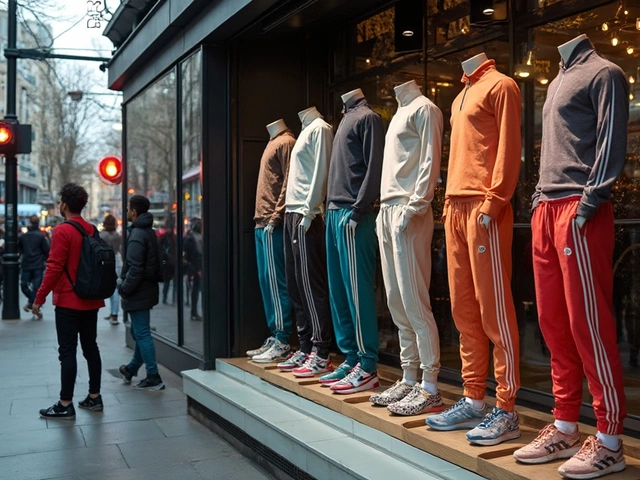Formal Wear Made Simple: What to Wear and How to Wear It
Got a wedding, a job interview, or a gala coming up? You don’t need a fashion degree to look sharp. Formal wear is all about the right fit, a few key pieces, and knowing which details matter. Below you'll find clear steps to pick the perfect outfit, avoid common slip‑ups, and feel confident without overthinking.
Pick the Right Base Piece
Start with the core of any formal look: a well‑tailored suit for men or a classic dress or suit for women. Look for a jacket that hugs your shoulders but still lets you move. If you’re buying off‑the‑rack, check the lapel width (2‑2.5 cm works for most body types) and make sure the coat button sits at your natural waist.
Women can choose a sheath dress, a long‑sleeve midi, or a tailored pantsuit. Pick a fabric that drapes—wool blends, crepe, or satin work nicely. The color palette doesn’t have to be black only; navy, charcoal, and deep green are still formal but add a fresh twist.
Fit and Comfort Are Non‑Negotiable
Even the most expensive tux looks cheap if it doesn’t fit. For jackets, the sleeve should show about a quarter inch of shirt cuff. Pants need a slight break at the shoe—no excessive bunching, no dragging.
Try sitting, walking, and reaching. If anything feels tight or pulls, swap the piece. A small alteration (hemming or taking in the waist) can turn a mediocre suit into a masterpiece. Remember, comfort helps you stay relaxed, which makes you look more polished.
Accessories are the finishing touches that separate "just okay" from "wow." For men, a crisp white shirt, a silk tie that matches a pocket square, and polished Oxfords complete the look. Women can add a slim belt, subtle jewelry, and low‑heeled pumps or classic loafers. Keep the accessories proportionate to your outfit—if the suit is simple, a bolder tie or statement earrings can add interest without overwhelming.
Don’t forget the details that people notice first: clean shoes, pressed clothes, and a well‑groomed appearance. A quick check in the mirror for lint, loose threads, or stray hair saves embarrassment later. If you’re unsure about tie knots, the four‑in‑hand knot works for most collars and looks neat.
When the event calls for extra flair—think black‑tie or cocktail attire—step up the fabric and cut. A tuxedo jacket with satin lapels, a tuxedo shirt with pleated front, or a long evening gown in silk or velvet elevates the formality. Pair these with a pocket square or cufflinks that match the overall color scheme.
Finally, adapt the outfit to the venue and time of day. Day events usually favor lighter colors and less shine; evenings allow richer tones and subtle sparkle. If the invitation mentions a dress code, follow it closely—no need to guess.
With these basics, you can walk into any formal setting feeling ready and looking polished. The key is to focus on fit, keep accessories purposeful, and match the style to the occasion. Now go pick that suit or dress and own the room!
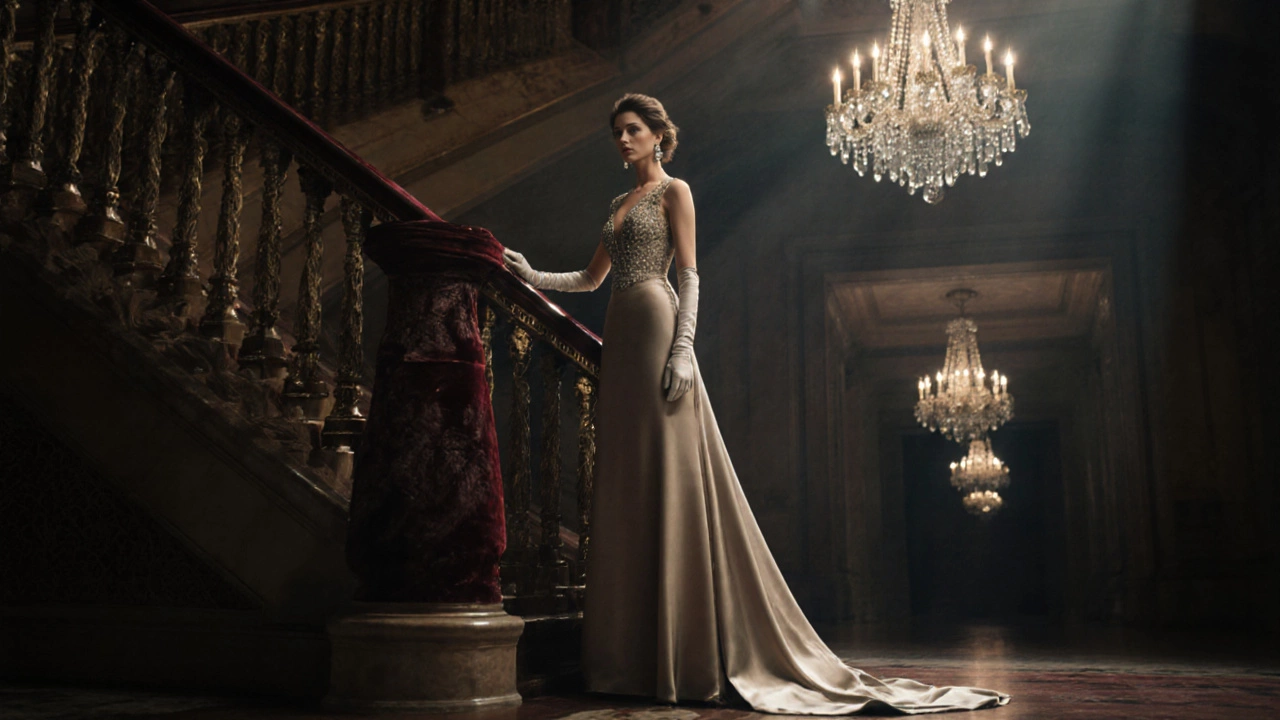
What Is the Difference Between Evening and Cocktail Dresses?
Learn the key differences between evening and cocktail dresses-length, fabric, occasion, and styling-to choose the right one for any formal event without over- or under-dressing.
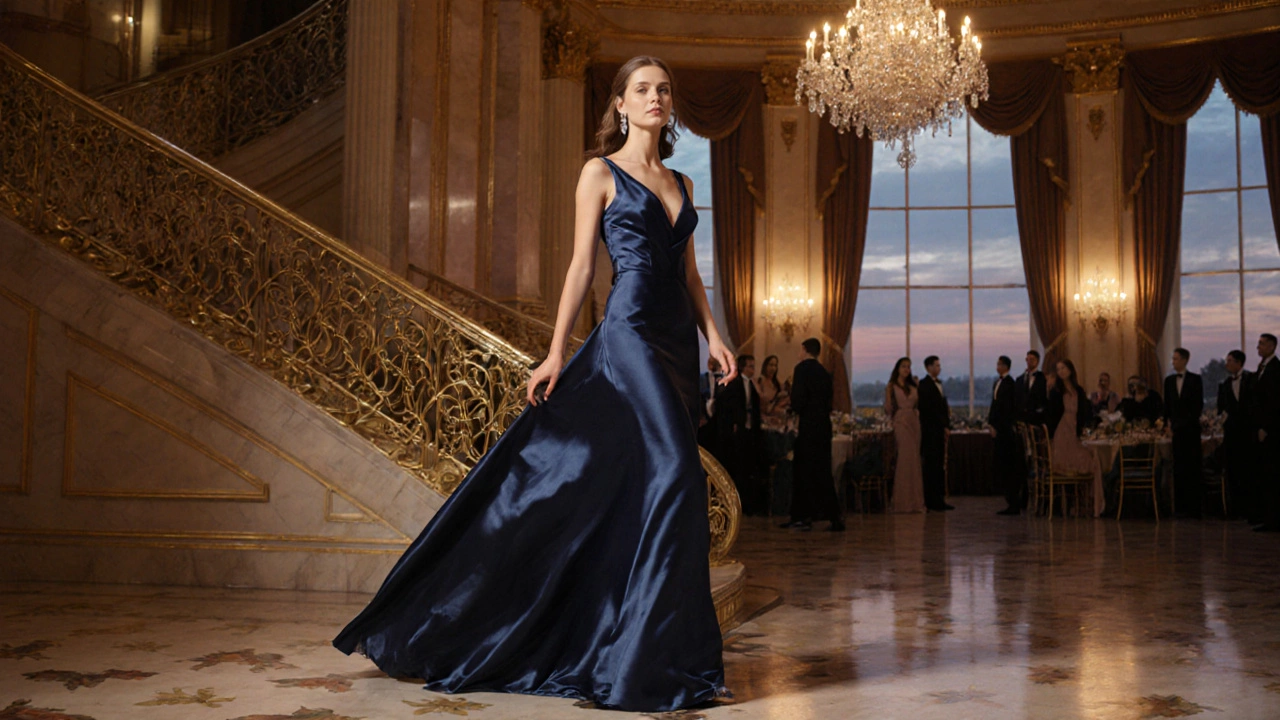
Evening Dress Defined: Types, Materials, and Styling Tips
Learn what truly defines an evening dress, from length and fabrics to dress‑code nuances, styling tips, and common types. Get practical guidance for any formal night event.
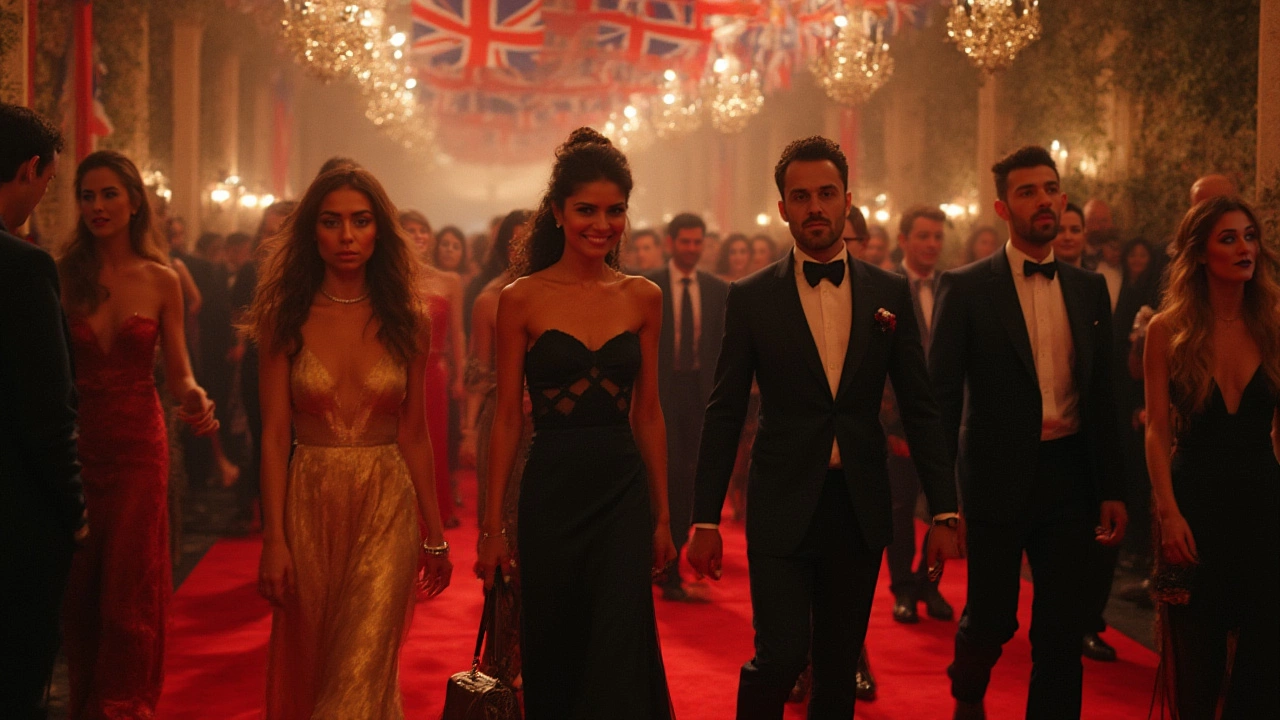
Evening Attire for Events: Dress Codes, Tips, and Real-World Examples
Find out what evening attire really means for events, with down-to-earth advice, real dress code tips, and surefire outfit ideas for men and women.
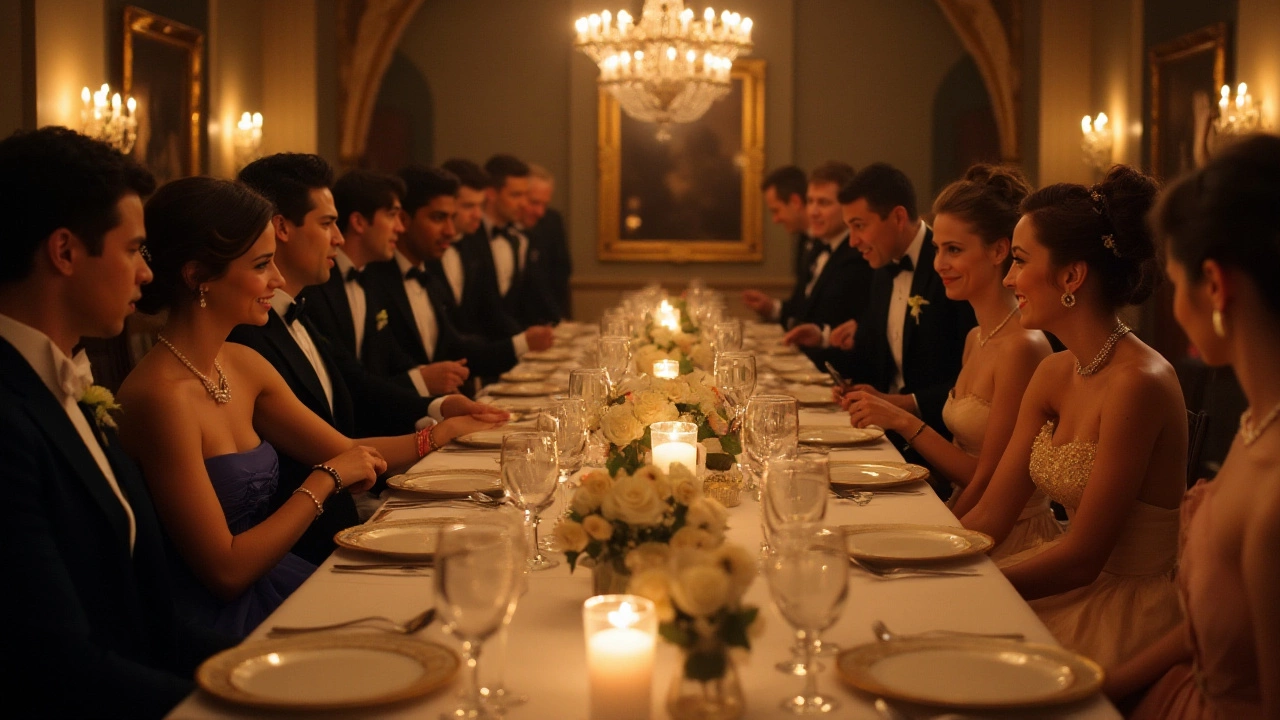
Understanding Evening Dinner Dress Code: A Complete Guide
Evening dinner attire can be a perplexing subject for many, often varying from formal to semi-formal codes. Understanding what to wear for different occasions can be tricky but essential. This guide aims to demystify evening dinner dress codes, helping you choose the right outfit, whether it's a black-tie gala or a semi-casual dinner party. From gowns to accessories, we explore everything you need to know to make the perfect impression.
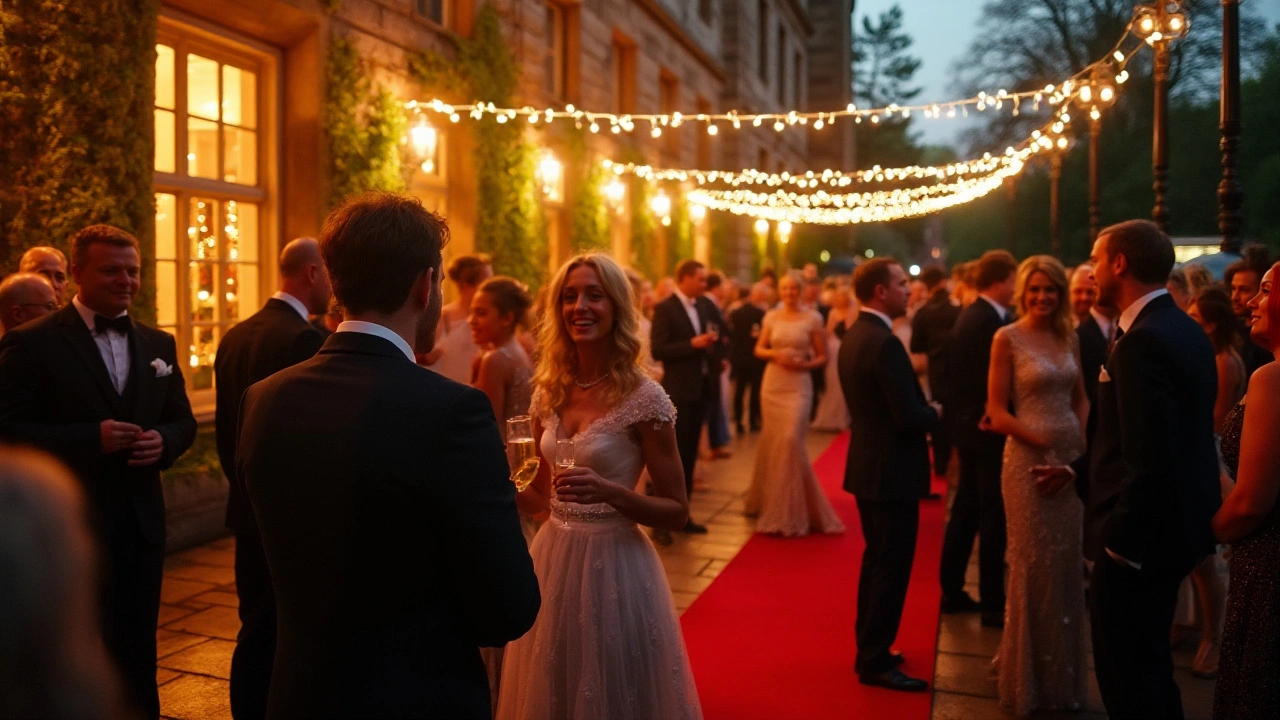
Understanding Evening Attire: The Ins and Outs of Dressing Up
Evening attire, commonly associated with the world of glamour and prestige, encompasses a range of styles from elegant gowns to sophisticated suits. It sets the tone for formal events such as weddings, galas, and ceremonies. Deciphering the nuances of evening attire can elevate your fashion choices, ensuring you are appropriately dressed for any high-profile occasion. This article delves into the various elements that constitute evening attire, offering helpful tips and interesting facts to enhance your wardrobe.
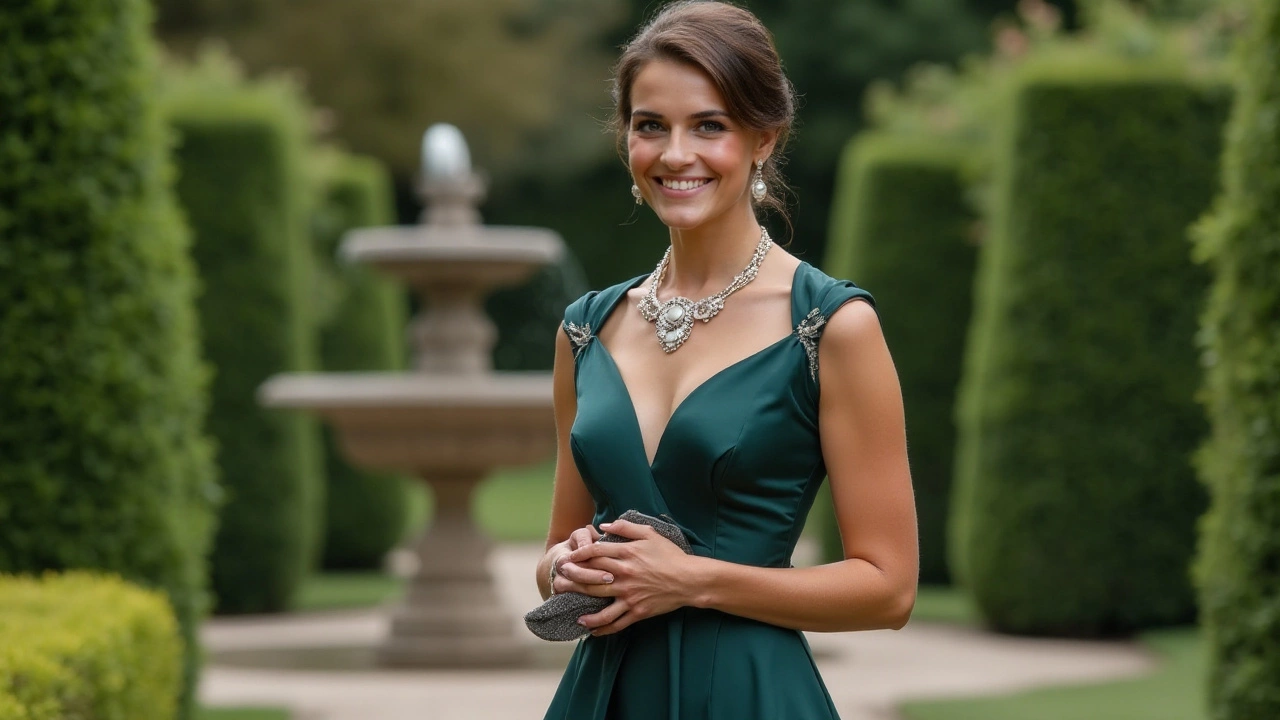
Can a Knee-Length Dress Be Considered Formal Attire?
The debate about whether a knee-length dress can be suitable for formal occasions is ongoing. This article explores the versatility of knee-length dresses and their potential to be styled for formal settings. It discusses factors such as fabric choice, design, and accessorizing that can enhance the formality of a knee-length dress. Readers will find practical tips to create a polished look that suits various events. This guide aims to help fashion enthusiasts understand the scope of knee-length dresses in formal settings.
